
Starting June 1st, 2023 Our warehouse fee will be $0.65/cubic foot per month
In effort to lower the warehouse storage fee during inflation, we have went narrow aisle racking.This construction took us four months but the project is finally completed. With narrow aisle racking, we are able to drop storage by 24%.We as partners will go through this inflation together.
03/04/2024
Almost all of us see the importance of packaging in today's life. For example, chicken eggs must be stored in trays, fresh milk must be stored in boxes to prevent spoilage, or even a white shirt that is not packaged properly can easily get dirty.
The value of the paper, plastic films, rollbags, corrugated boxes, polybags, and other packaging that surrounds a product is far greater than what the buyer may realize. However, what exactly is packing, why is it significant, and what kinds of uses does it serve?
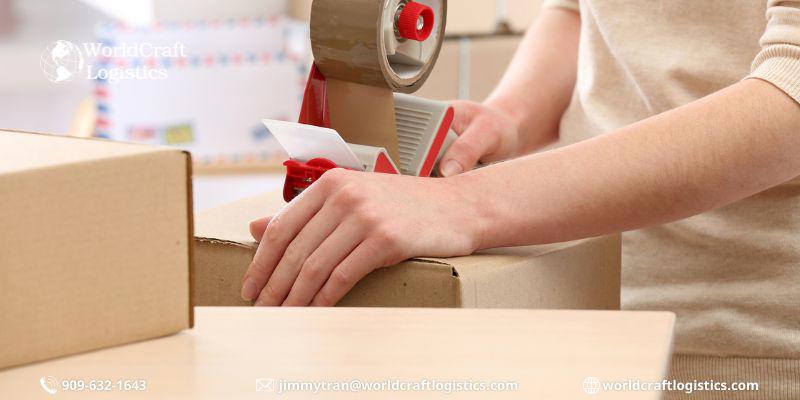
The act of confining or safeguarding a product with a container to facilitate its distribution, identification, storage, promotion, and use is known as packaging.
Someone once said - All of the processes involved in creating a product's container are collectively referred to as packing.
Packaging, to put it simply, is the process of creating a container or wrapping material for a product that helps to
Determine the product's position in the market and set it apart
Move and disperse the merchandise
Keep the item stored.
Encourage the product's use
Make good use of the product
You want to better understand the logistics industry to optimize your supply chain or help your work. Read more in WCL's article on today's logistics management and operations terminology:
👉 Dock to stock meaning and 10 ideas to improve effective DTS processes
👉 What is Ecommerce Shipping? Guide to GOOD, CHEAPEST solutions and partners
👉 What is a SKU number? How to create and use SKU codes effectively
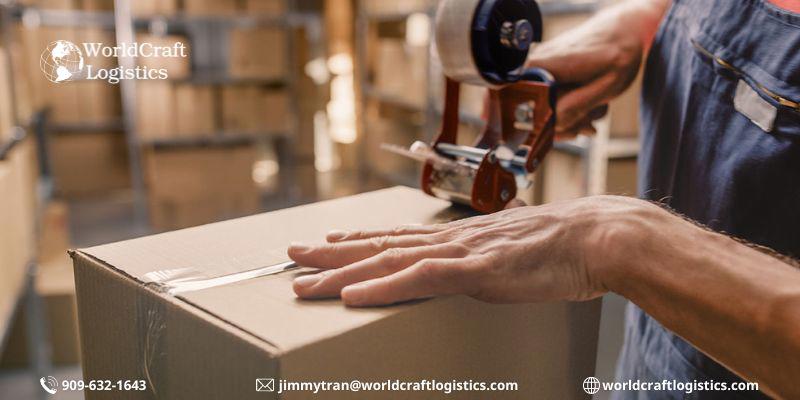
Three categories can be used to group different packaging types. They go by the name of the package's levels as well. Every package level is important for both safeguarding the goods and providing customers with more convenience during use.
Primary packaging refers to the product's original packaging. It entails putting the completed item inside a container or wrapper right away.
Its goal is to protect recently manufactured goods. For instance, the cigarette carton has a small piece of paper inside. Additional examples are toothpaste tubes and glass receptacles for liquid goods.
Adding more layers to the main containers is known as secondary packaging. The quality of the product remains unaffected by the removal of supplementary packets.
Once the products are being used, users or consumers take out the additional packaging. Consider toothpaste: before using it, we remove the cardboard box that serves as its outer cover.
When businesses need to move their products from one location to another, they use tertiary packing. For this reason, it is also known as transit or shipping packaging.
This is carried out in large quantities. The secondary packages receive an additional layer added to them. Additionally, the product's outer container is taken off and the secondary packaging is put on show for sale when it gets to the dealers or retailers.
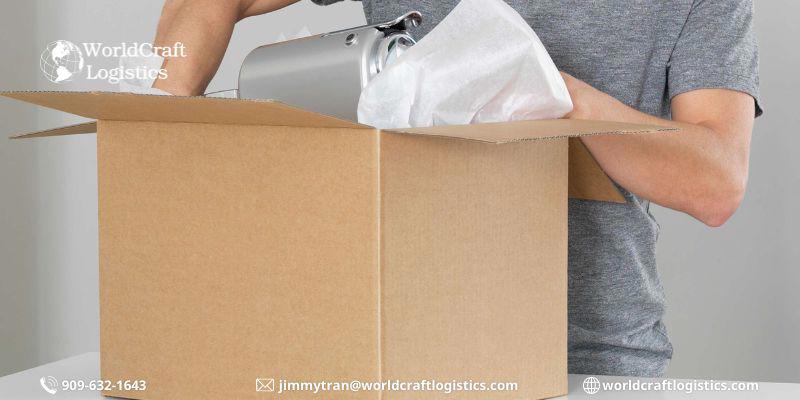
It is frequently used interchangeably and has a similar appearance to the packaging and package. Between them, there are various differences. Let's quickly clarify.
A package is any covering, receptacle, or wrapping that encloses a product. On the other hand, packing refers to the process of creating or designing the product's packaging.
The package is a subset of the packaging; it is contained within the packaging. The packing, on the other hand, is the package's superset.
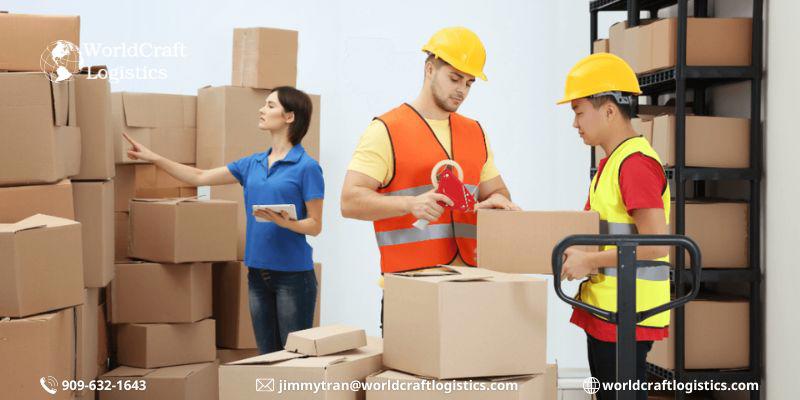
From the moment a product is produced until it is completely consumed, its packaging is essential. Among these purposes for packaging are:
👉 Contains the product: Most goods must be kept contained while being transported, stored, or used. The packaging ensures that the product is contained when needed.
👉 Packaging shields: Help the product from contamination and damage throughout storage, transportation, and use, preserving its quality, characteristics, and other attributes.
👉 Facilitates product handling and usage: Well-packaged products are easier to handle, transport, ship, and even use.
👉 Makes the product shine out and stand out: The packaging helps the customer recognize the product and tell it apart from other products. Additionally, eye-catching packages have the ability to stand out and draw clients in.
👉 A component of the marketing plan for the product: The product stands out and has promotional appeal when it is packaged in an eye-catching and/or educational manner. The packaging serves as the last point of contact between a product and its buyer.
👉 Convenience for the customer: Packaging is a convenience feature that facilitates carrying, moving, and using the product for the customer.
👉 Functions as a communication medium: Packaging and labeling assist in conveying to the consumer the brand's identity, message, and details about the product and business.
👉 Enhances the visual value: Packaging can transform a unique product into something ordinary or a simple product into something attractive. It's a crucial visual cue that has the power to make or ruin a deal.
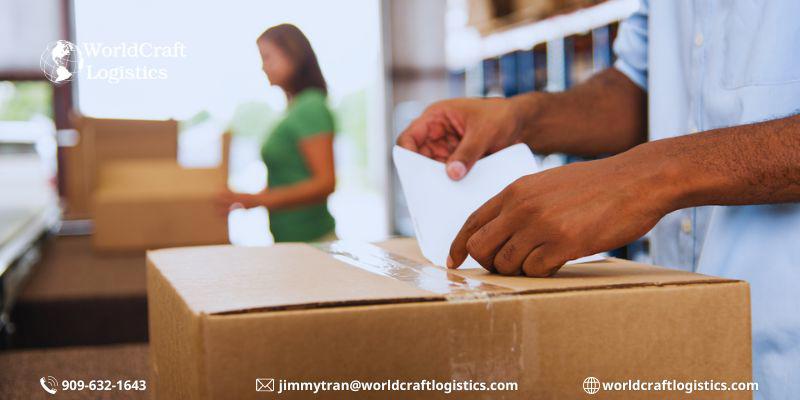
Packaging, which can be an external container made of various materials or a part of the product itself, serves as the primary tool for distribution, storage, and sales. It is sometimes regarded as a crucial subset of marketing.
Packaging is a crucial component for both buyers and sellers. The buyer utilizes it as a crucial identification and usage tool, while the seller uses it as a tool for distribution, storage, and promotion.
📦 Distribution: The seller can get the goods from the producing facility to the point of sale and ultimately to the client with the help of effective packaging. In order to facilitate the consumer's consumption of the product, the seller employs consumer packaging in addition to transport packaging for the same items.
📦 Storage: There are risks associated with warehousing, such as product spills and improper handling. The vendor can better arrange and keep the products by using proper packaging.
📦 Promotion: A key component of a brand's marketing strategy, packaging helps to set a product apart from the competition by providing buyers with information about the characteristics, performance, and advantages of the product in eye-catching, eye-catching containers.
Product safety is enhanced by appropriate packing before it is received by the end user. A Tetra Pak, for instance, keeps milk from spoiling before it goes bad.
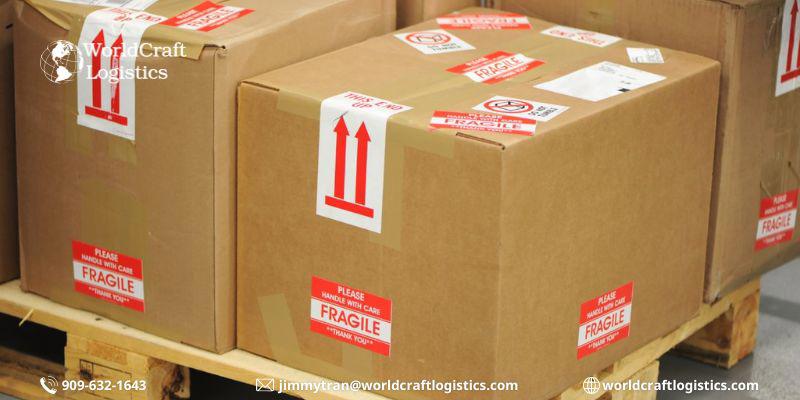
📦 Identification: The product's packaging and labeling aid in its identification and help consumers set it apart from competing goods on the market.
📦 Usage: Product packaging, such as that found in toothpaste, frequently facilitates the use and consumption of the product.
📦 Safety: It shields the user from any risks associated with the product. An acid bottle, for instance, shields the user from acid burns.
There are benefits unique to packaging. These are the following:
It shields the product against damage and physical harm.
As it raises the product's aesthetic value, it aids in boosting sales.
It maintains the hygiene of the product by avoiding adulteration and hindering.
Additionally, certain specialized packaging keeps the goods from spoiling.
Even though packaging is a crucial component of a product, it has drawbacks of its own. These are the following:
Packaging has the potential to mislead customers and give them the incorrect impression of the goods.
It raises the price. The cost of the product's packaging may increase, which is ultimately borne by the buyer.
It increases the amount of waste that could become dangerous, particularly plastic waste.
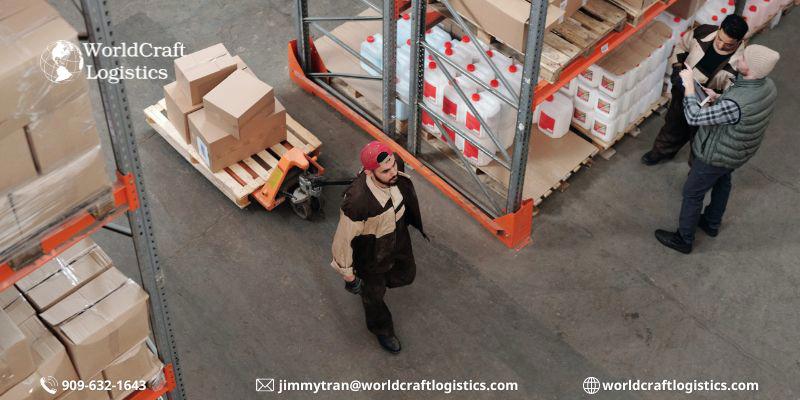
When it comes to corporate goals, customer expectations, and societal concerns, well-designed packaging stands out. The primary requirements for designing quality packages are as follows.
You can package your products using one of the four most widely used ways listed below.
This tactic entails altering your items' packaging. Businesses that use the following approach gradually alter their product offerings.
This tactic helps to satisfy customer expectations. Adopting this method can help you meet your clients' expectations as they change as they look for different product packages. Take a look at Coca-Cola's implementation of this tactic.
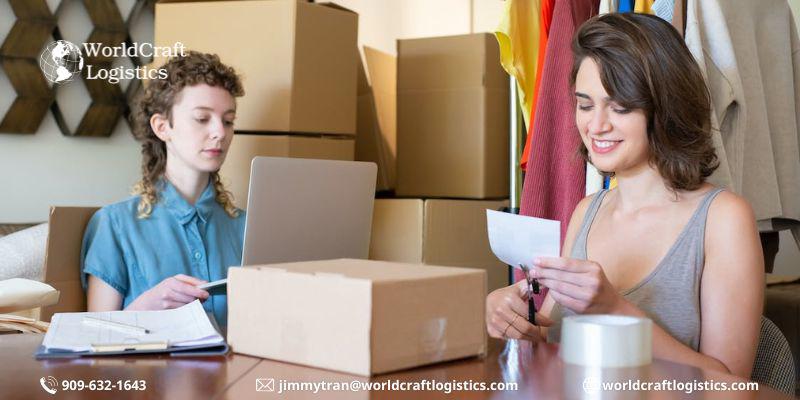
You can create different packages for different products, utilize the same packages for all product categories, or create identical packages for each product line. Consider the cosmetics industry as an example of how this approach is being used.
As the name implies, the goal of this technique is to provide a product container or containers that may be used again, either for the same or a different purpose. Consider the bottles made by Sprite, which customers can use for both drinking water and storing other items.
Businesses package their goods differently under this. The only distinction that businesses make is in the size of their product packaging; the product and quality are the same.
Businesses use this tactic to target various customer categories. Let's examine Coca-Cola as an example.
While packaging is just a small part of the shipping process, its role cannot be denied. Properly packaging goods not only protects the products but also ensures safety during transportation and creates a positive purchasing experience for customers. Making the right choice in packaging not only helps optimize your supply chain but also demonstrates care and respect for your customers. Remember that investing in packaging can bring long-term benefits to your business, from minimizing damage rates to enhancing customer loyalty. Most importantly, always prioritize customers and consider every packaging decision as an opportunity to create value and differentiate yourself in today's competitive market.
SEO
Digital Marketing/SEO Specialist
Simon Mang is an SEO and Digital Marketing expert at Wordcraft Logistics. With many years of experience in the field of digital marketing, he has shaped and built strategies to effectively promote Wordcraft Logistics' online presence. With a deep understanding of the logistics industry, I have shared more than 500 specialized articles on many different topics.

Education
01/05/2025

Education
02/18/2025

Education
01/01/2024

Education
08/28/2024

Education
11/13/2023